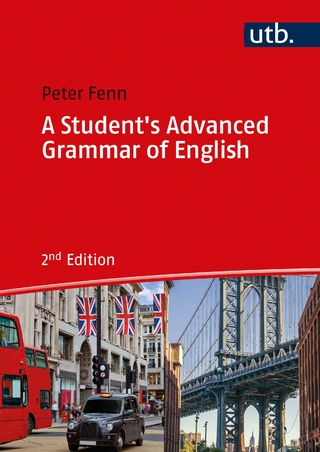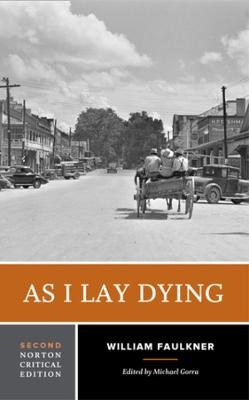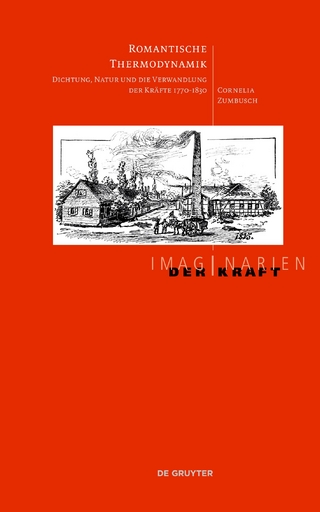
A Cultural History of Modern Chinese Literature
Cambridge University Press (Verlag)
978-1-107-06949-7 (ISBN)
This is an illustrated cultural history of the emergence of modern literature in China from the late nineteenth century through the early years of the Chinese Republic, the 1930s and the war period, ending in 1949. Wu Fuhui takes an interdisciplinary approach to the topic, drawing in book production, translation, popular and elite texts, international influences and political history. Presented here in English translation for the first time, Wu argues that this was a transformative period in Chinese literature informed both by developments in China's domestic history and the dynamics of global circulation and encounter.
Wu Fuhui is a scholar of the history of modern Chinese literature and has published widely on this topic. He is the former director of the Research Room of the National Museum of Modern Chinese Literature, Deputy President of the Modern Chinese Literature Association and chief editor of the journal Modern Chinese Literature Studies.
List of illustrations; List of maps; List of tables; Introduction to the English edition David Der-wei Wang; Preface; Part I. Promise of New Opportunities: 1. Wangping Street – Fuzhou Road: change of the scene of Chinese literature; 2. Vernacular newspapers and transformation of the written language of literature; 3. Earliest intellectuals with global outlook; 4. The 'new literary style' movement, a political motion in origin; 5. Chronicle of literary events in the year 1903 (an era of literary accumulation); 6. The rising of urban popular novels in an emerging international trading centre; 7. Emerging elites of the south society; 8. From Suzhou and Yangzhou to Shanghai: literature of the Mandarin Duck and Butterfly Literary School; Part II. The May Fourth Enlightenment Movement: 9. Introduction of spoken drama into China: the earliest theatre performances; 10. Building a bridge to world literature; 11. Incubation of a literary revolution home and abroad; 12. Rise of radicals from the New Youth and Peking University and Conservatives' Counter Claims; 13. Chronicle of literary events in the year 1921 (an era of literary enlightenment); 14. A literary niche created by newspapers, magazines and publishing houses of Beijing and Shanghai; 15. Leading breakthroughs in modern vernacular poetry and short stories; 16. A history of the dissemination and acceptance of 'The True Story of Ah Q'; 17. 'Yu Si', 'casual talks' and vernacular prose style; 18. Discovery of peasants and local colours by earlier native-soil literature; 19. Literary solace for urban citizens; Part III. The Coexistence of Diverse Types of Literature: 20. To the South: the return of literary centre; 21. Popularity, deepening and disputes of the left-wing literature; 22. Novels strongly characteristic of the era; 23. The successive boom of era-specific and individualized literary writings; 24. The graceful beauties of Belles-lettres by Beijing School Authors; 25. The new sensations of Shanghai School in the modern metropolis; 26. The literary horizon of two types of civilian society; 27. The professional theatre spoken drama in its mature stage; 28. Chronicle of literary events in the year 1936 (an era of diversification); 29. Interactions between cinematographic art and literature; 30. Timely and overall embrace of world literature; Part IV. Under the Clouds of War: 31. Forming of multiple literary centres under the clouds of war; 32. Intellectuals' economic conditions and their writing lifestyle; 33. Chongqing: national salvation literature, from boom to split; 34. Yan'an: from the wartime art and literature for the masses to the guiding principle of art and literature for workers, peasants and soldiers; 35. Guilin: the upsurge of theatre and publishing phenomenon of the wartime 'cultural city'; 36. Kunming: reflections on personal experience of the era; 37. Shanghai and others: the pain of homelessness and the roundabout development of urban popular literature; 38. Hong Kong and Taiwan: separation, autonomy and growth of new literature; 39. From peasants to urban citizens: new momentum for the development of popular literature; 40. Chronicle of literary events in the year 1948 (an era of transition); Select bibliography; Index.
| Erscheinungsdatum | 27.02.2020 |
|---|---|
| Reihe/Serie | The Cambridge China Library |
| Zusatzinfo | 21 Tables, black and white; 10 Maps; 680 Halftones, black and white |
| Verlagsort | Cambridge |
| Sprache | englisch |
| Maße | 184 x 260 mm |
| Gewicht | 1940 g |
| Themenwelt | Geisteswissenschaften ► Sprach- / Literaturwissenschaft ► Anglistik / Amerikanistik |
| Geisteswissenschaften ► Sprach- / Literaturwissenschaft ► Literaturgeschichte | |
| Geisteswissenschaften ► Sprach- / Literaturwissenschaft ► Literaturwissenschaft | |
| ISBN-10 | 1-107-06949-1 / 1107069491 |
| ISBN-13 | 978-1-107-06949-7 / 9781107069497 |
| Zustand | Neuware |
| Haben Sie eine Frage zum Produkt? |
aus dem Bereich


